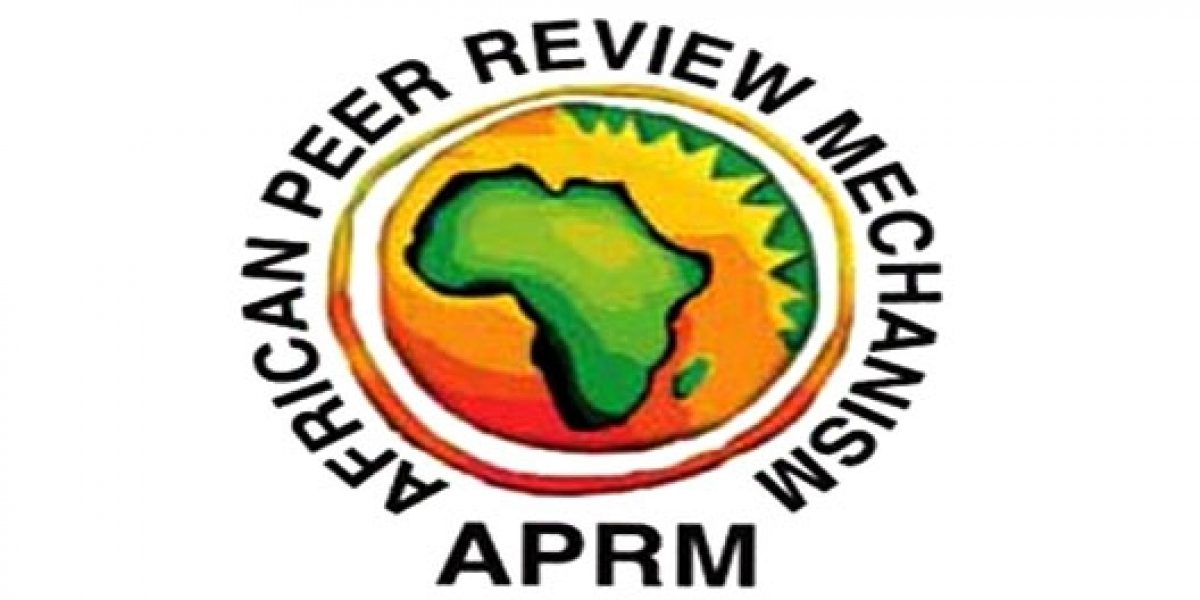To date 33 African states have signed up, 17 of which have completed their first review. Signatory states undertake to be reviewed internally and externally. Those two reviews are combined into one report and the country then begins to implement its National Programme of Action (NPoA). In general, country reports succeed in pointing out successes and failures and provide a thorough assessment of the state of governance. Although the APRM is innovative and potentially headline-generating, it has so far failed to attract significant media coverage. It is aimed at improving their lives but most of the people of Africa do not know about it.
This paper examines four factors that could account for the lack of APRM media coverage. They are, respectively, the unsatisfactory way reports are ‘packaged’ for the media; whether the technicalities of the APRM are explained and understood; inadequate attempts to reach the media by APRM structures; and an APRM process that until recently excluded questions on the media from its self-assessment questionnaire. A fundamental flaw is that the APRM process gives little attention to issues of media freedom, reforms in relevant legislation and access to information. The paper includes case studies that draw on the experience of the Africa Governance Monitoring and Advocacy Project and the South African Institute of International Affairs. Recommendations are offered on how media coverage of the APRM can be improved.








